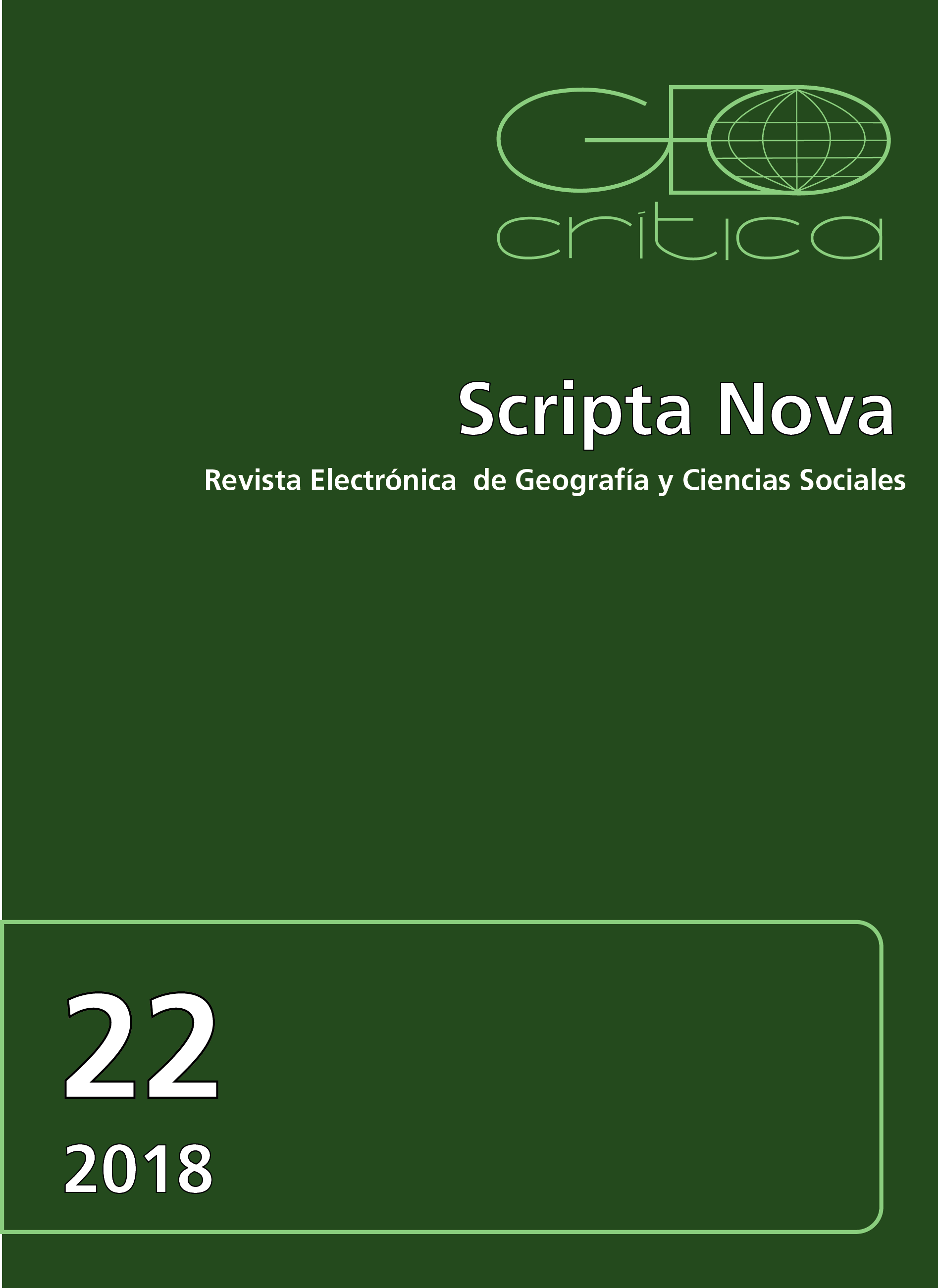586. The cartographer Enrique d’Almonte, at the crossroads of Spanish colonialism in Asia and Africa
DOI:
https://doi.org/10.1344/sn2018.22.19305Keywords:
History of Cartography, Cartographic exploration, Spanish colonialism, Philippines, Río Muni, Spanish Sahara, Enrique d’AlmonteAbstract
D’Almonte was a civilian cartographer who made the best maps of the Spanish colonies of the moment (except for Cuba), a task usually carried out by the military. The reasons are his skills as a draftsman, his qualities as an explorer, the rudimentary but efficient methods of measurement he used and the broad linguistic, geological, botanical and ethnographic knowledge he was able to cumulate. His expeditions and maps of the Philippines between 1880 and 1898 surprised the American Bureau of Mineralogy so much that it called him “one of the great explorers of the twentieth century”. Their actions and proposals would result of much utility for the colonial domination that Spanish authorities were seeking to establish.Downloads
Published
2018-03-15
Issue
Section
Articles
License
Los autores que publican en esta revista están de acuerdo con los siguientes términos:
- Los autores conservan los derechos de autoría y otorgan a la revista el derecho de primera publicación, cin la obra disponible simultáneamente bajo una Licéncia de Atribución Compartir igual de Creative Commons que permite compartir la obra con terceros, siempre que estos reconozcan la autoría y la publicación inicial en esta revista.
- Los autores son libres de realizar acuerdos contractuales adicionales independientes para la distribución no exclusiva de la versió de la obra publicada en la revista (com por ejemplo la publicación en un repositorio institucional o en un libro), siempre que se reconozca la publicación inicial en esta revista.





